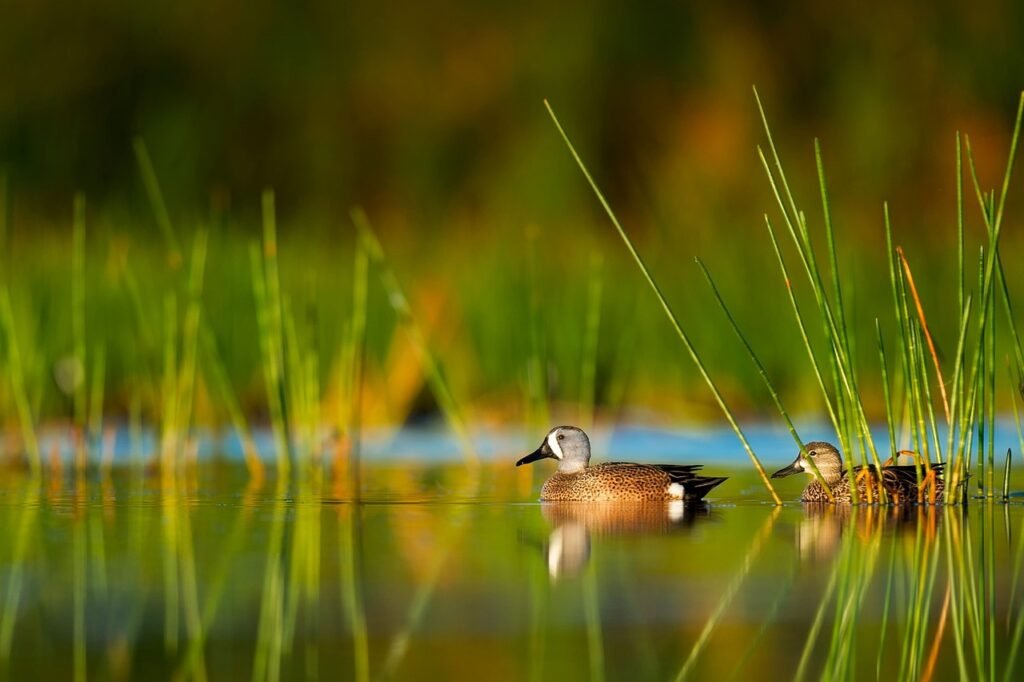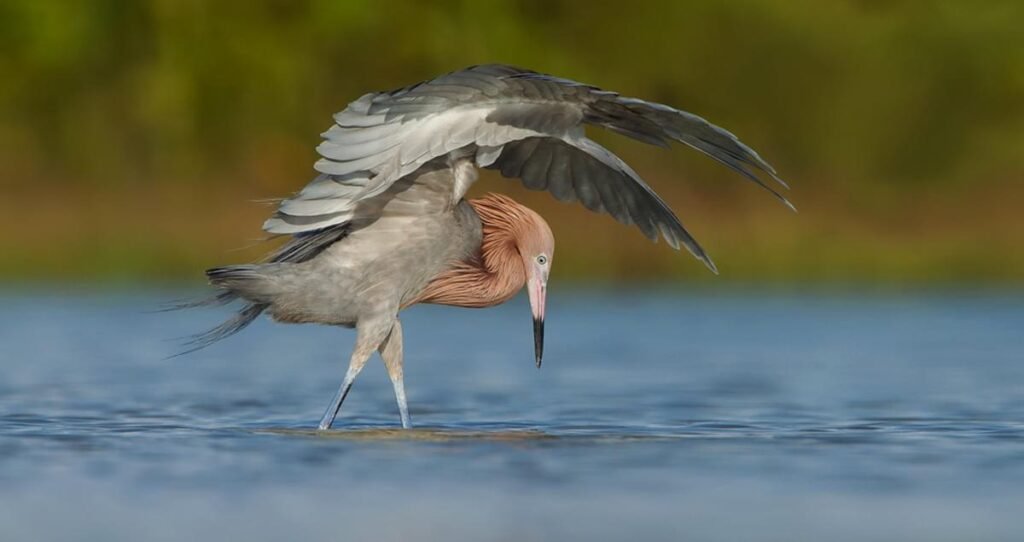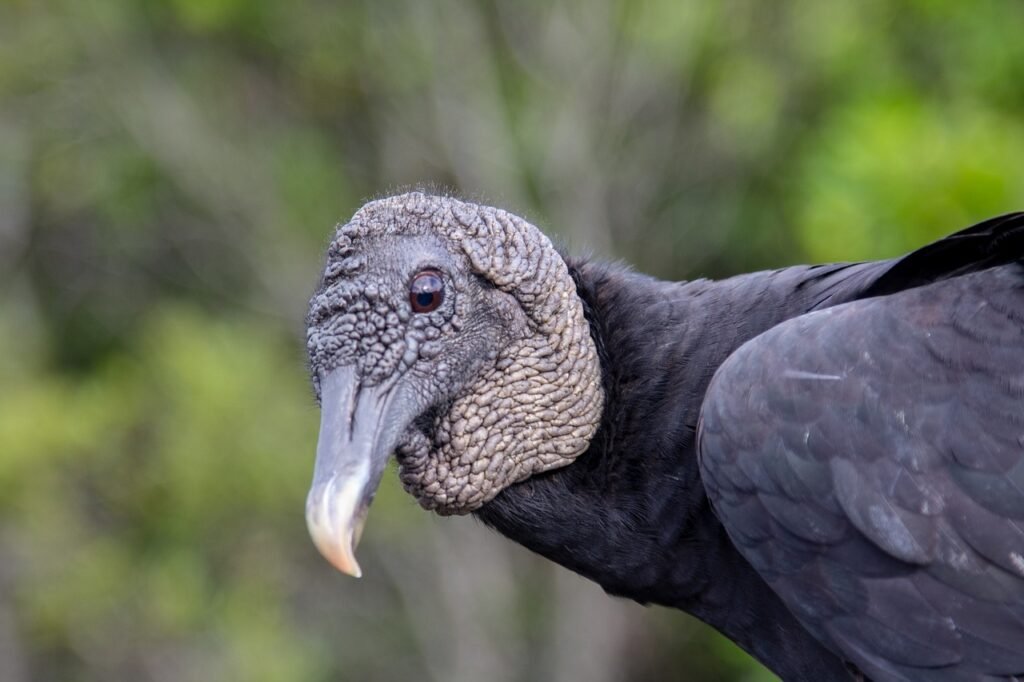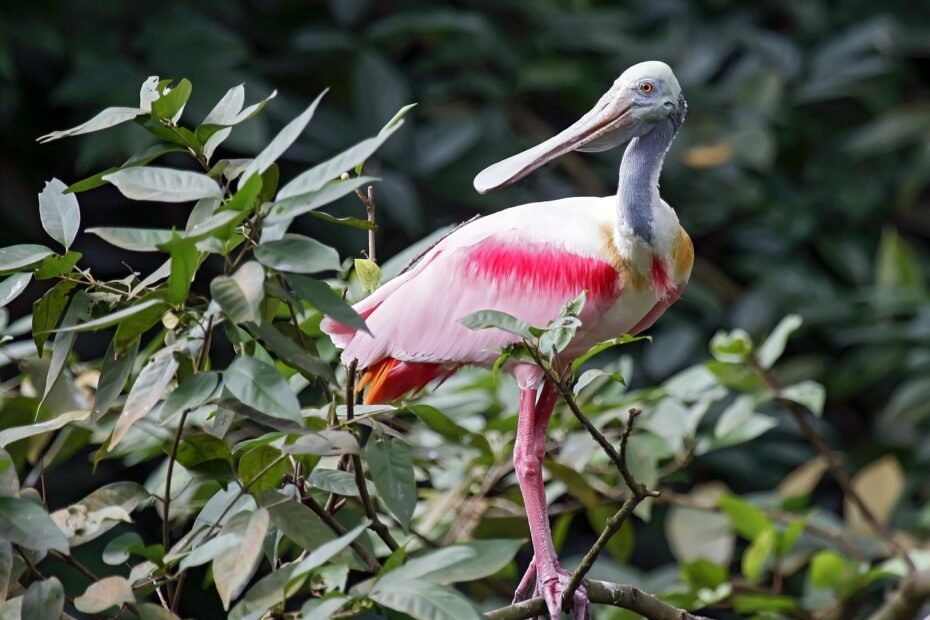Introduction to Everglades Birdlife
The Florida Everglades is one of North America’s most unique and vital ecosystems, a place where diverse habitats come together to support an extraordinary range of bird species. Stretching across the southern tip of Florida, the Everglades is a haven for both resident and migratory birds, offering birdwatchers a rare opportunity to observe these magnificent creatures in their natural environment.
For bird enthusiasts, the Everglades is a hotspot for wading birds like the great blue heron and snowy egret, alongside a host of other unique species that depend on this delicate ecosystem. Whether it’s the dramatic display of a snail kite in pursuit of prey or the rare sight of a roseate spoonbill wading through shallow waters and interweaving Everglades mangroves, the Everglades promises an unforgettable experience for anyone interested in Florida’s feathered residents.
Overview of Bird Species Found in the Everglades

The Everglades is home to a wide range of bird species, each adapted to this vast landscape of marshes, wetlands, and mangroves.
• Wading Birds
Wading birds are among the most iconic species in the Everglades. The great blue heron, with its tall, elegant frame and sharp beak, is a master of stalking fish and amphibians in the shallow waters. Meanwhile, the snowy egret, known for its pure white feathers and long, black legs, adds a touch of grace to these landscapes as it hunts for small fish and crustaceans. The wood stork, a rare sight due to its endangered status, plays an essential role in the ecosystem, helping to control fish populations.
Among these waders is also the white ibis, recognizable by its curved beak, which it uses to probe into the mud for insects, frogs, and small crustaceans. Each of these wading birds is uniquely adapted to the Everglades, with features that allow them to thrive in the warm, shallow waters.
• Birds of Prey
The Everglades is also home to fascinating birds of prey, including the snail kite and red-shouldered hawk. The snail kite, an Everglades specialist, is uniquely adapted to feed on apple snails, its primary diet. With its sharp, hooked beak, it plucks these snails from their shells with remarkable precision. The red-shouldered hawk, on the other hand, hunts a variety of prey, from small mammals to reptiles, using its keen eyesight to spot movements from high above.
• Endangered and Rare Species
Among the rarest birds in the Everglades is the Cape Sable seaside sparrow, which relies on specific conditions in the grasslands of the Everglades. The beautiful roseate spoonbill, with its striking pink coloration and distinctive spoon-shaped bill, is another notable resident. These birds are just a few examples of the rare species that add to the Everglades’ rich tapestry of wildlife.
The Importance of the Everglades Ecosystem for Birds
The Everglades’ unique blend of ecosystems—spanning freshwater marshes, mangroves, and coastal prairies—supports birdlife in a way that few other places in North America can. These habitats are critical for both resident birds and migratory species that stop here during their journeys.
Seasonal changes in the Everglades greatly impact bird populations. During the winter months, migratory birds flock to the region, escaping colder northern climates and taking advantage of Florida’s warmth and plentiful food supply. The National Park Service plays a key role in preserving these habitats, managing the balance between natural water flow, conservation efforts, and human activities to protect the integrity of Everglades National Park.
Thanks to these efforts, bird species can continue to thrive in this dynamic environment, bringing visitors from around the world to witness the beauty of the birds of the Everglades.
Iconic Bird Species in the Everglades

The Everglades is known for its vibrant avian life and mammalian life, with several species, including black bears in the Everglades, standing out for their distinctive appearances and behaviors.
• Great Egret and Snowy Egret
These two species are among the most graceful residents of the Everglades. The great egret, with its bright yellow bill and long black legs, is a sight to behold as it glides through the water in search of fish. Known for its patience, this bird often stands still for long periods, waiting for the perfect moment to strike. The snowy egret is slightly smaller, with a slimmer build and distinct yellow feet. Both species are skilled hunters, adapted to capturing prey with speed and precision in the wetlands.
• Reddish Egret and Glossy Ibis
The reddish egret is famous for its unique hunting dance, a “ballet” of sorts where it fans its wings, creating shade to lure fish closer. Watching this behavior is a rare treat for birdwatchers and a testament to the adaptability of Everglades birds. The glossy ibis, with its iridescent, dark feathers and long, curved bill, adds a touch of color to the Everglades. These ibises are often seen in groups, foraging in the shallows with their long bills probing for small aquatic animals.
• Wood Stork
One of the most significant residents of the Everglades, the wood stork is an endangered species and an important indicator of the health of wetland ecosystems. With its bald head, long beak, and striking white body, the wood stork is a fascinating bird that relies on the Everglades’ unique environment for survival. During the dry season, when fish are concentrated in smaller pools, wood storks use this opportunity to feast, playing a critical role in balancing the ecosystem.
Birdwatching Tips for Spotting Everglades Birds
For those planning to explore the birds in the Everglades, timing and location are crucial. The early morning hours are often the best time for birdwatching, as many species are most active during this cooler part of the day.

Consider joining a guided tour with MarshTours.com to maximize your chances of spotting everglade birds. A knowledgeable guide can take you to prime locations and provide valuable insights into bird behaviors and the surrounding ecosystem. Patience, silence, and respect for the natural habitat are key; the quieter you are, the more likely you’ll witness these birds in their natural routines.
Some popular birdwatching spots include Everglades National Park, where several trails and boardwalks offer excellent viewing opportunities. For a closer view, opt for an airboat tour that allows access to the marshy backwaters where many birds feed and nest.
Conclusion
The birds of the Florida Everglades are as diverse as they are fascinating, each species playing a unique role in this complex ecosystem. From the elegant great egret to the vibrant roseate spoonbill, the Everglades offers unparalleled birdwatching opportunities that showcase the beauty and resilience of Florida’s natural world.
If you’re ready to discover these remarkable birds up close, book a birdwatching tour with MarshTours.com. Led by experienced guides, our tours provide an in-depth exploration of Florida Everglades birds and their habitats. Join us for a journey through one of North America’s most iconic ecosystems and experience the wonder of the Everglades’ birdlife firsthand.
If birds aren’t your thing, there are hundreds of alligators and crocodiles in Florida for wildlife enthusiasts to explore!
Don’t miss this chance to witness these extraordinary birds—reserve your tour with MarshTours.com today and immerse yourself in the rich birdlife of the Everglades!
